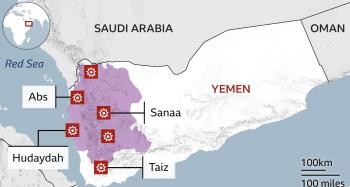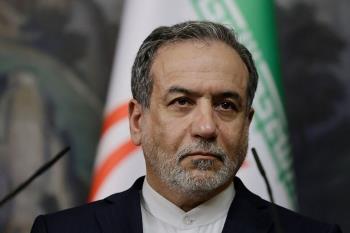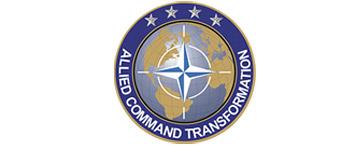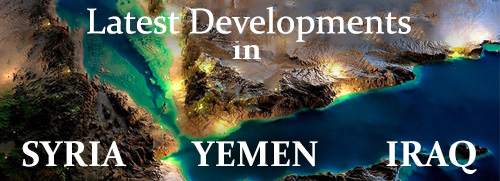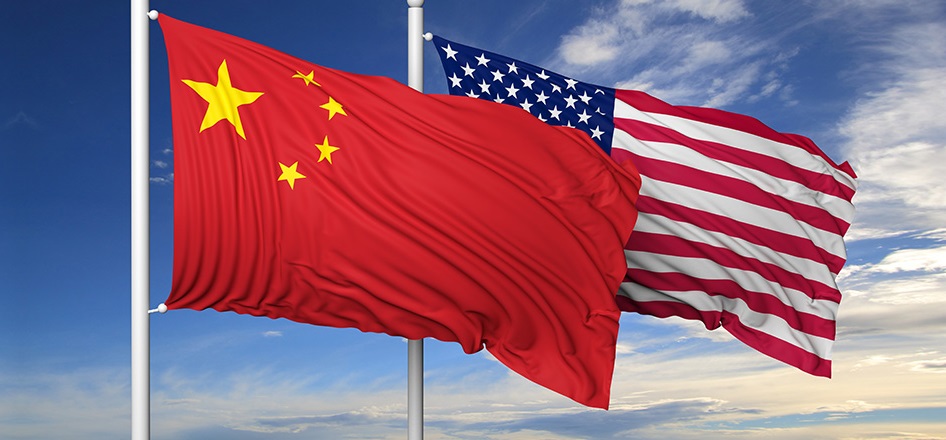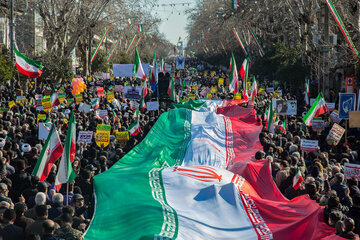Alwaght- Setting new investment restrictions on the Chinese companies in the US and imposing more sanctions on North Korea indicate that Washington is moving towards putting more strains on Beijing without considering recent North Korean developments. On January 21, the spokesman of Chinese Ministry of Commerce lashed out at the US for the new massive hurdles to set up ahead of the Chinese companies seeking investment in the American sectors, calling that worrisome.
Certainly, these two cases are linked to each other, but why is the US doing so on the threshold of the Seoul Winter Olympics? Why is the US staging a new wave of pressures on Beijing and Pyongyang while South and North Koreas are on the track to easing the tensions? To find answers to these questions, a set of factors shaping the Americans’ approach to the East Asia region should be taken into account.
First, the US has readopted a kind of Cold War-era vision towards the East Asian developments. This issue was also implied by the Chinese Ministry of Foreign Affairs that in a statement said that Beijing is an advocate of the present status of the world and at the same time criticized the Americans’ approach of always adopting a conspiracy theory and considering some parties dangerous to the US interests.
Second, a close examination of the US anti-Chinese efforts shows that increasing pressures on Beijing in many cases go independently from the Korean Peninsula’s standoff or what the US sees as the contumacy of the North’s leader Kim Jong-un. To put it differently, the US attitude to the Peninsula’s affairs is not that sort which produces peace in this part of the world; rather, Washington seeks to exploit this crisis to expand and save its domination in this point of the world. A set of new coalition-making steps like moving away from the former ally Pakistan and replacing it with India on the one hand and forming a square of allies including Washington, Canberra, New Delhi, and Tokyo in the face of Beijing on the other hand bear witness to the fact that the new American view of East Asia puts a premium on pressing China.
Since Donald Trump’s election as the US president in early 2017, White House took initial restrictive measures against Beijing by raising the tariffs on steel imported from China, set up roadblocks ahead of the Chinese investors in the US economy, and introduced checks to the American companies being bought by the Chinese. All these indicate that the North Korean crisis and the accusation of the Beijing’s support for Pyongyang as a strategic ally is not the case providing motivations for the White House to press the Chinese leaders. Rather, it is the US major policies in dealing with China that cause tensions with both Beijing and Pyongyang.
In the eyes of the Americans, China is unscrupulously striving to take the lead in the race for leadership of the global economy, something, the US decision makers feel, need to be checked. On the other side, the Chinese are well aware that the trade balance, which has long been leaning to their favor, is of more significance to Trump than to his predecessors, and that China no longer can enjoy that advantage as ever now.
The new US national security doctrine should be taken into consideration, which puts high concentration on China. The new strategy, published in late December 2017, cites the name of China 33 times, a signal indicating how important Beijing is as a rival is for Washington. If China, along with Russia, was once a rival to the US on the world stage, now it has upgraded to be a serious threat to Washington. The US labeling China as a threat is mainly influenced by the prospects of Chinese continuing growth as a global power.
Still another reason driving the US efforts to curb the Chinese rise should be tied to what is known as the “nuclear posture review”, a process to determine what the role of nuclear weapons in the US security strategy should be. The document puts both China and Russia on the top of the list of threats to the US. North Korea and Iran come next in the list.
In general, what is now underway is that Washington is on the one side tightening the noose on the Chinese allies in the region such as Pakistan and North Korea and on the other side tries to build more strains on the Chinese regarded as the biggest risk to the persistence of its hegemony in the future.

